Lead conversion strategies can make or break a business.
A lack of a focused lead conversion process can lead to a sales team that isn’t focused on the right goals or even talking to the right people.
Not only does this approach not only grow your business, but it can end up costing you business.
These lead conversion strategies are necessary because leads don’t travel a simple path (it looks more like the one below). It’s convoluted and often involves a lot of touchpoints before they convert.
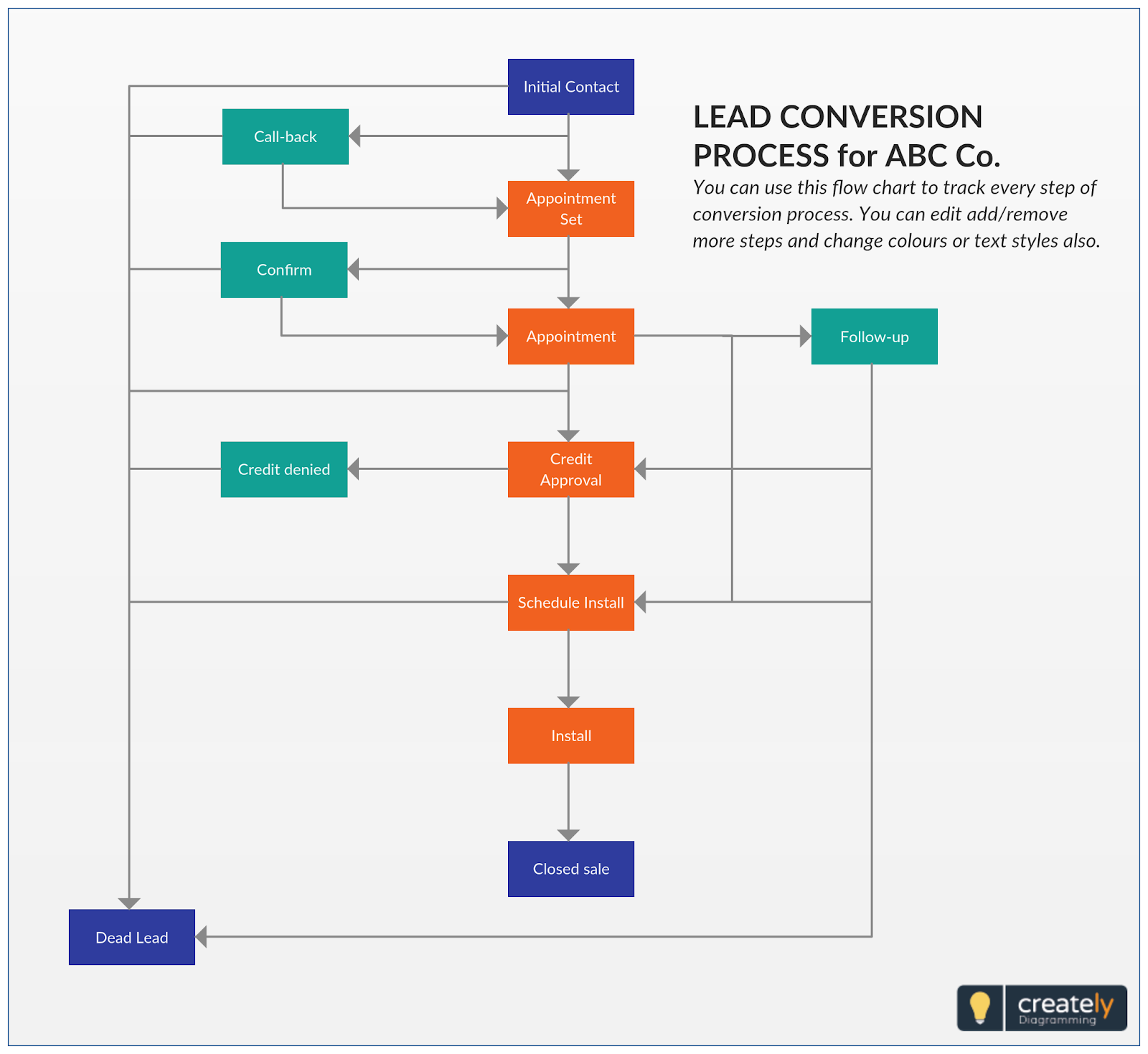
Because we don’t want to see you fail (we really don’t) we went out into the world and did a little (okay a lot) of research and reading. We wanted to find the best possible strategies to help you convert leads.
And here they are.
This list contains some of the hottest tips and tricks you can use to grow your business and help you become a household name (or at least the name that everyone associates with success in your industry).
Get ready to take some notes. And prepare to close more deals when you’re done.
These are the 32 lead conversion strategies we recommend trying right away.
1. Track Conversions – Convert leads by following the data
Paying attention to who converts and who doesn’t can help you get a really solid understanding of what’s working and what isn’t.
When you track conversions you learn what channels your warmest leads are coming from, where the duds are in the process, what messaging is working, and all those wonderful details.
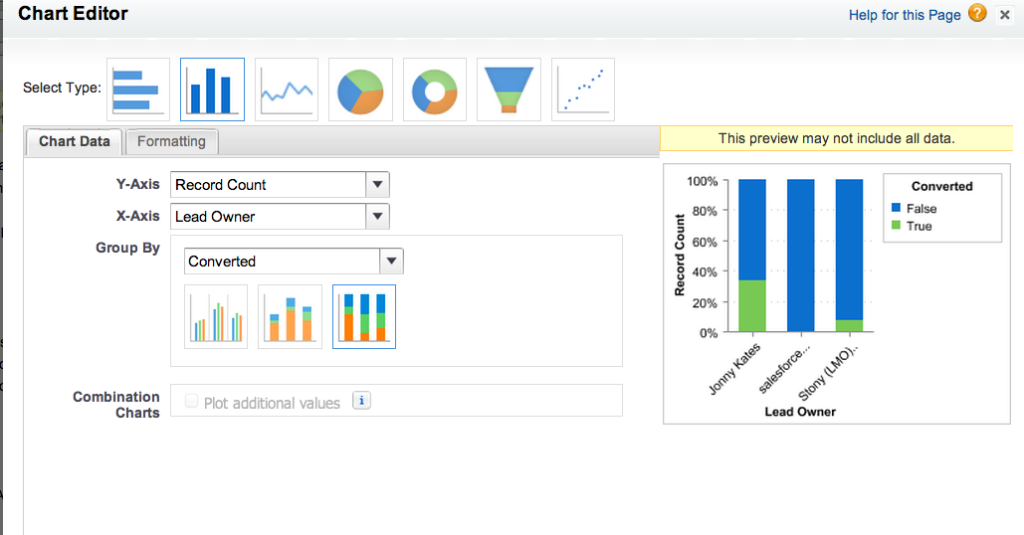
This lets you optimize the process by focusing on the most effective salespeople, channels, and methods.
So get a system in place and follow the numbers.
2. Messaging – Convert more leads by strategically refining your messaging
If you’re not constantly tweaking your messaging to match the language that your prospects are using, it’s going to fall flat.
The best way to refine your messaging is to talk to your customers. Interview them, find out what was going on when they went looking for you, and what made them choose your solution over all others.
This information can be used to create a message that speaks to the exact problems that your customers are facing and helps them understand how you can help them solve their problems.
3. Lead Scoring – Know exactly who’s ready to buy with this lead conversion strategy!
This one comes up a lot. Lead scoring helps you know which prospects are serious and which ones are simply kicking the tires. You do this by looking at how they’ve interacted with your business so far and assigning a value to that interaction.
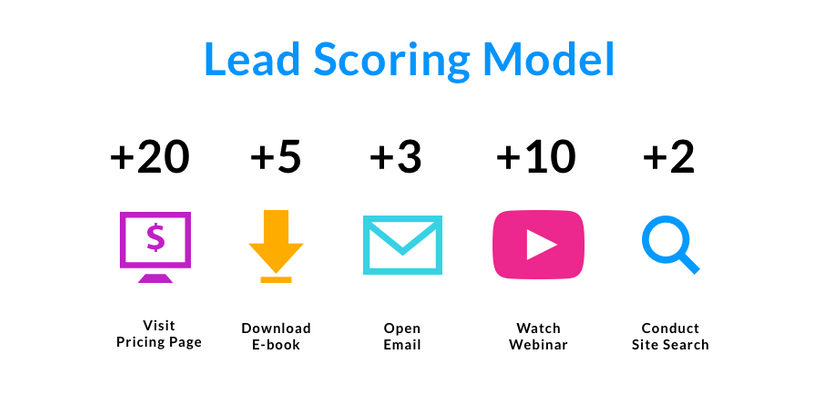
Serious prospects are ready to buy. They’ve done the research, they know what they need, they just need that final push to make a decision.
By getting a lead scoring system in place, you can focus more on those who are ready to buy (and make more money in the process). A good CRM can help with this and can save you time by automating the process.
4. Common Objections – Convert more leads by addressing their concerns
Every sales team hears the same set of objections from prospects. These common objections (which can be things about the price or the features or integrations) are something that people bring up time and time again.
Talk to your sales team to hear what they are. And figure out ways to address them before they even get on a call.
If there’s a lot of them, you can set up an FAQ. If it’s one or two things, slide the answers right into your website copy. Or, take it one step further and produce content around.
This helps reduce any hemming and hawing prospects might have and helps reduce friction around making the sale.
5. Share the love – Boost conversions by making leads feel valued
This is one of those things that can have a huge impact on conversions. Even taking just a little bit of time to do simple things like following up or noticing a common connection (maybe you both like fishing, for example).
This is mostly just about paying attention to what your prospect says and then demonstrating that.
Bring up something they mentioned last time. Seek out an article that is relevant to their interests. This helps foster a level of trust that encourages people to buy from you.
6. Social media – Even in B2B, social media needs to be one of your lead conversion strategies
Building up a brand on social media might not seem relevant in the B2B world, but it can make a huge difference.
Even if you just focus on one channel, like LinkedIn, having a presence on social is critical. It’s something people check out when they’re looking into your company. And it gives you a way to engage with leads before they’re leads.
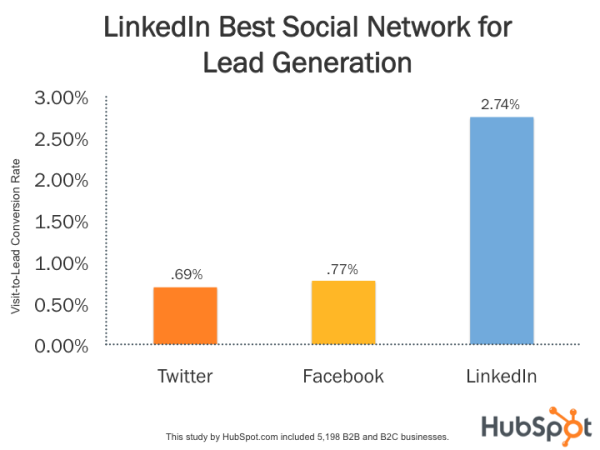
The trick is to pick a platform where your prospects are spending their time. And to be consistent.
7. Influencers – The B2B marketer’s secret for boosting conversions
Influencers get a bad wrap these days because of social media. But they’ve been around a lot longer than social media (because they work).
Whether you call them influencers or spokespeople, people love to see a human face they know and respect attached to a brand.
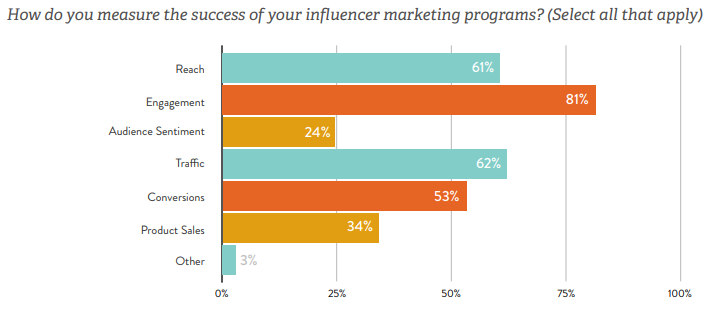
And guess what. Influencers can be deadly in the B2B world. As you can see, it can help you do great things like boost conversions by nearly 70% and increase downloads of content by 300%.
8. Email – One of the best lead conversion strategies
If you’re not engaged in email marketing as part of your lead conversion strategy, you’re leaving money on the table.
For years, email has consistently been the best way to drive business marketing, making it almost a no-brainer.
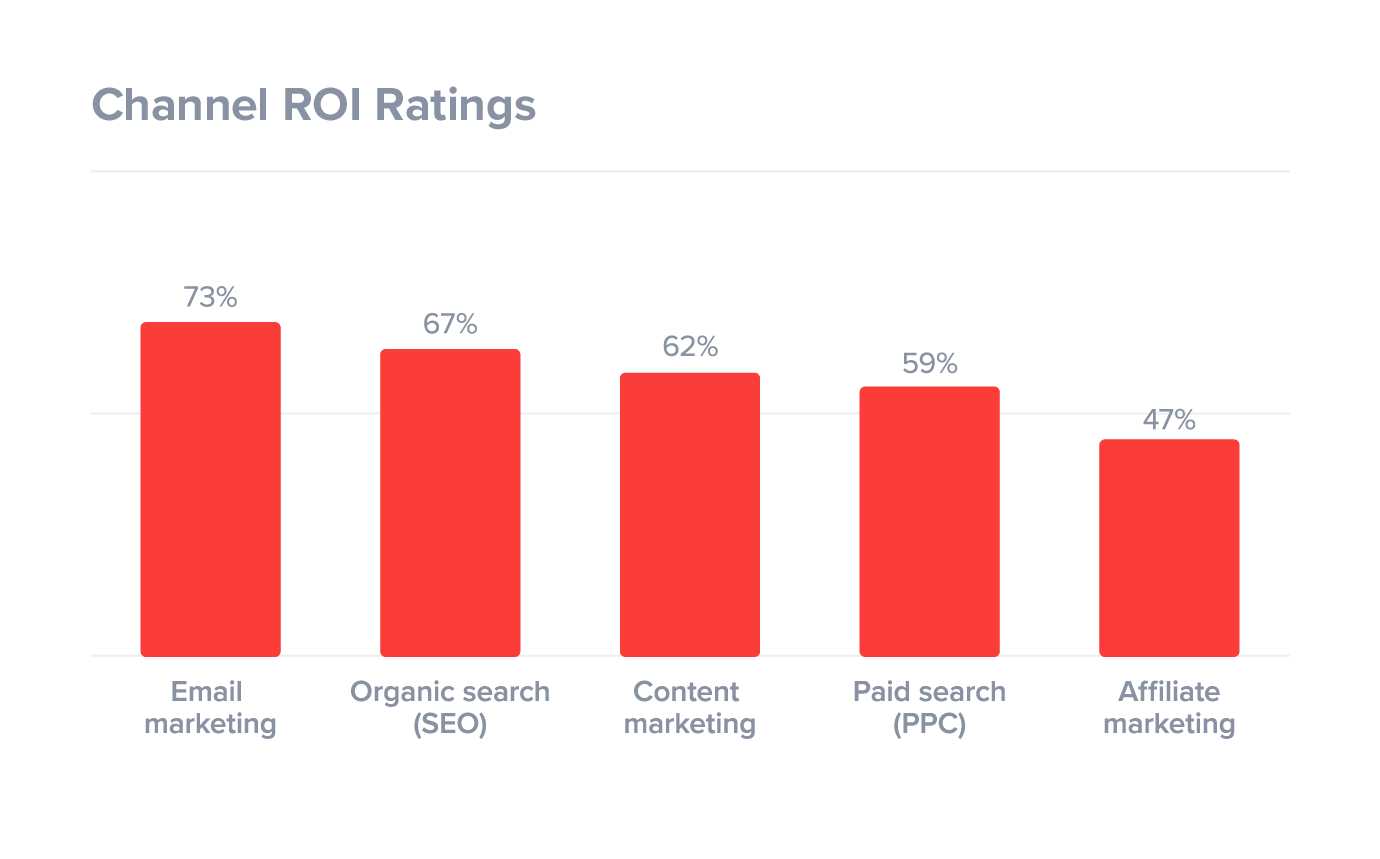
9. Sales funnels – The one thing that should be a part of every lead conversion process
Just like email, sales funnels are a must for all lead conversion strategies.
They educate your prospects. Get them interested. And set them up to become customers.
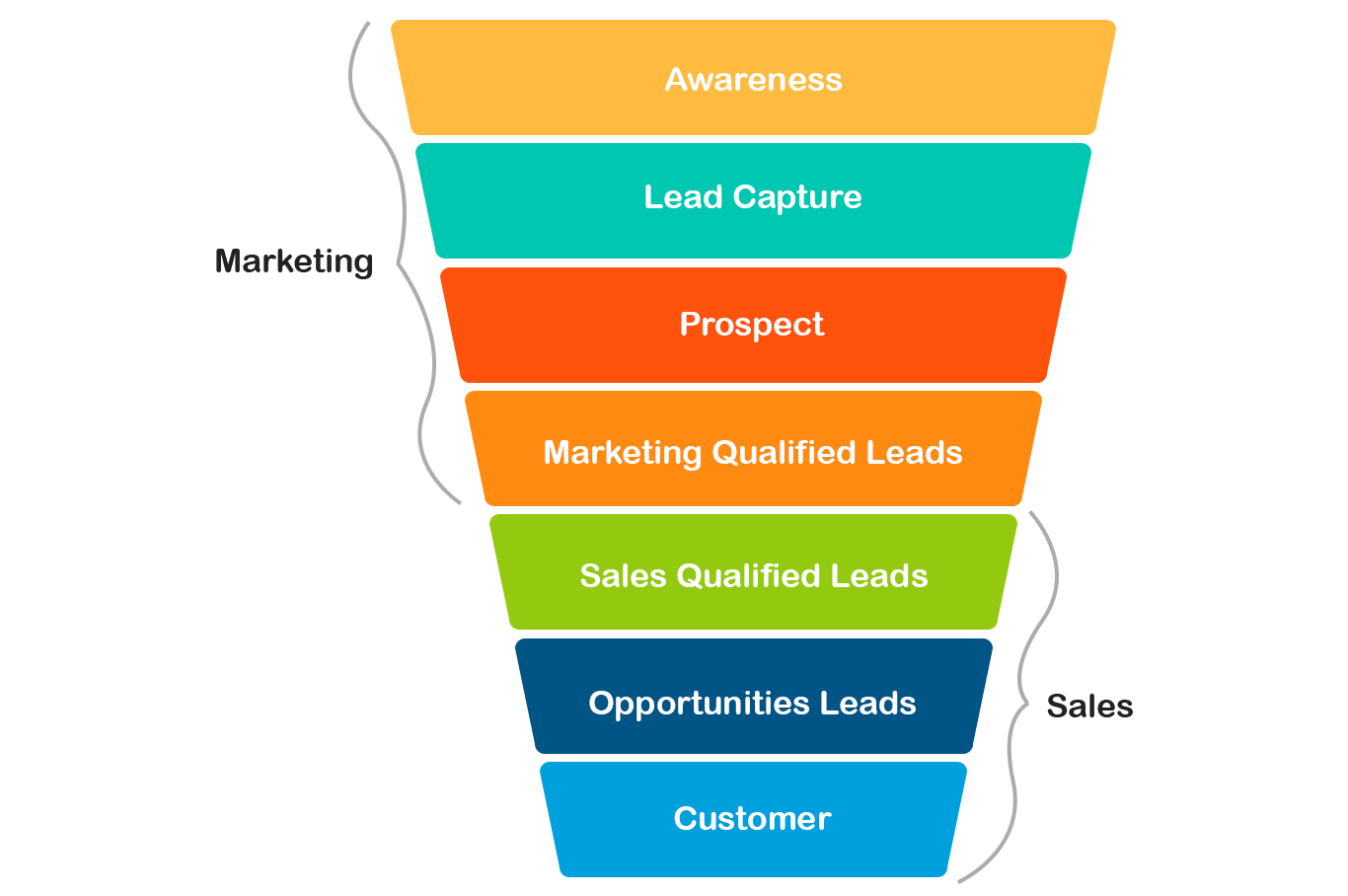
A good funnel does a lot of the heavy lifting when it comes to warming up leads. But you can’t throw it together willy nilly. Every aspect of it needs to be carefully put together in a way that pushed prospects to your ultimate goal.
10. Content – The king of all lead conversion strategies
Content is king. Anyone who’s spent any time thinking about lead conversion strategies knows that.
Content builds trust in the B2B world. It shows that you know your industry, it’s common problems, and how to solve them.
So… what kind of content should you produce? That really depends on your audience. Every audience has different preferences, so ask them. But, it helps to keep in mind that each content type has different levels of effectiveness.
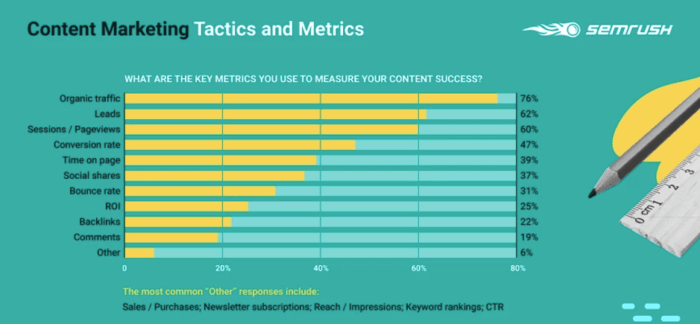
11. Automation – Boost conversions by doing less work
If you’re still using spreadsheets to manage leads, stop. This is a terrible process for lead conversion. It’s slow, it eats up time, it’s a pain to manage.
Get a system in place that automates as much of that process as possible. When it comes to sales, you need to move fast.
A good CRM can help with this. They help you understand where people are in the journey, how likely they are to become customers, and (most importantly) when they’re ready to become customers.
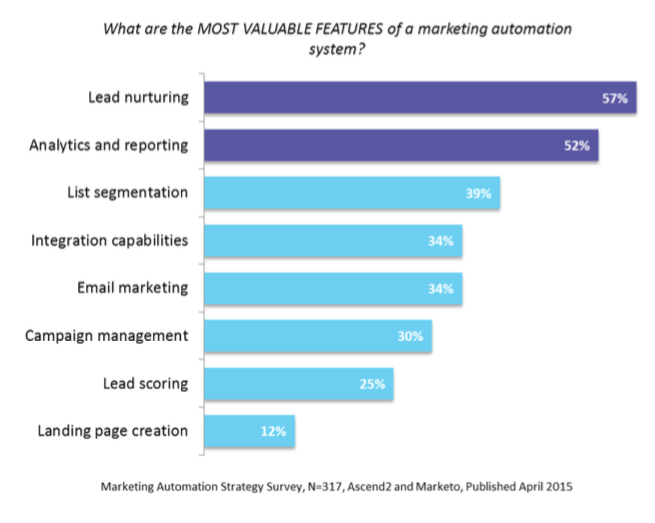
12. Lead nurturing – Don’t rush the lead conversion process
Nurtured leads are happy leads. A good lead conversion strategy can result in a 50% boost in quality leads (and those leads will cost 33% less).
Email is great for lead nurturing. A simple automated email sequence can walk people through your product and help them understand the value it brings to their business (this is especially effective during free trials).
Not only does nurturing help educate prospects, but it keeps you top of mind (something that always helps when people are ready to make a decision).
13. Chat – Boost conversions by talking to your customers
If live chat isn’t one of your lead conversion strategies, it’s time to change that.
People always (ALWAYS) have questions when they’re considering a purchase. The faster they can get answers to those questions, the better. Live chat makes that possible.
Chat widgets provide people with a chance to get their questions answered more or less instantly. And, they make that possible without having to send an email or (shudder) make a phone call (although Chili Piper can actually help you remove the friction from making a phone call).
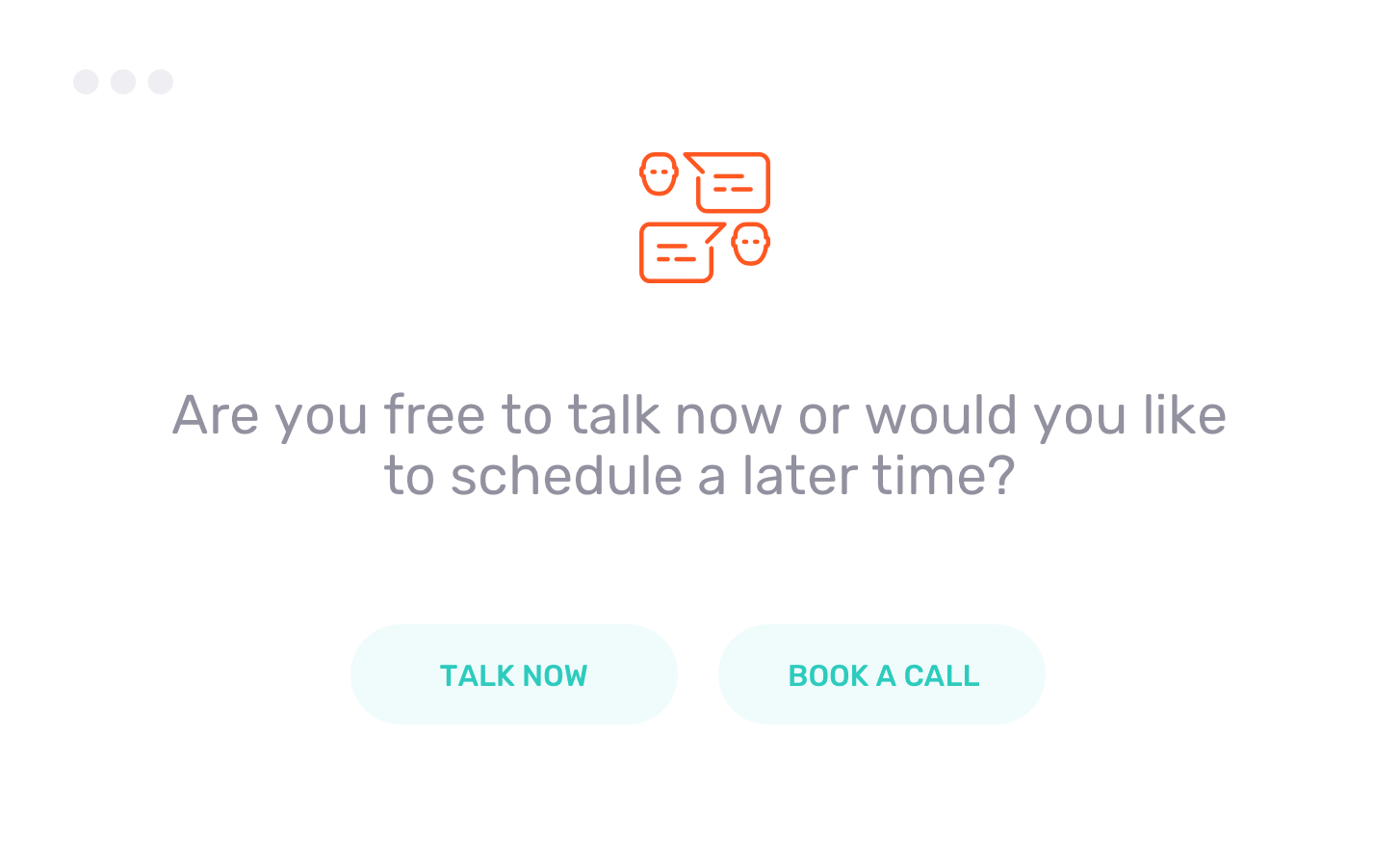
Just click the chat button and boom! Instant access to experts. It’s no surprise that live chat can result in a 45% increase in conversion.
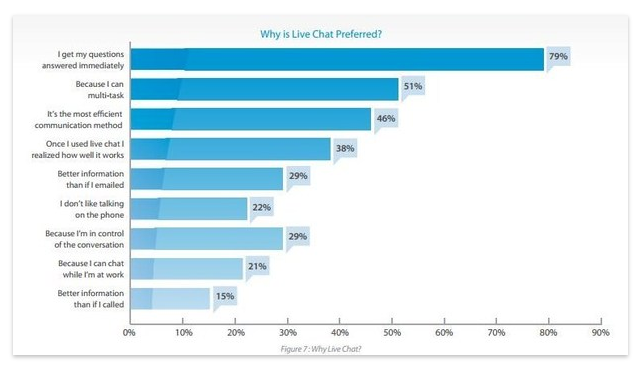
14. Social proof – Increase conversions by showing off what others think
Social proof goes a long way when it comes to lead conversion. Seeing other happy customers gives people the peace of mind they need that your product does what you claim.
Slap testimonials all over your site. Put up video case studies. If you can insert user reviews right on your site, do it!
Anything you can do to alleviate the concerns of your prospects helps. But, don’t just drop them on your website and forget about them.
Make sure you call attention to them (especially case studies). Send prospects there. Include them in your email signature. Post them to social. The more people see your success, the more likely they are to become customers.
15. Referrals – The forgotten lead conversion best practice
Just like testimonials, referrals really drive the conversion process.
It’s just like when we buy anything, we tend to ask our friends and family if they have suggestions first. In business, it’s no different (only we ask our colleagues and friends in our professional network).
Reach out to existing customers and encourage them to refer you to those they know. You can even sweeten the deal with an incentive (like a free month or some bonus features).
16. Support – Convert’em with kindness
This one might seem like it’s not a lead conversion strategy, but you know… people talk about great support. A lot. Not only do they talk about it, but they recommend companies with good support.
This is true in almost every industry out there. It doesn’t matter what you’re selling, if you take exceptional care of your customers when something goes wrong, they remember.
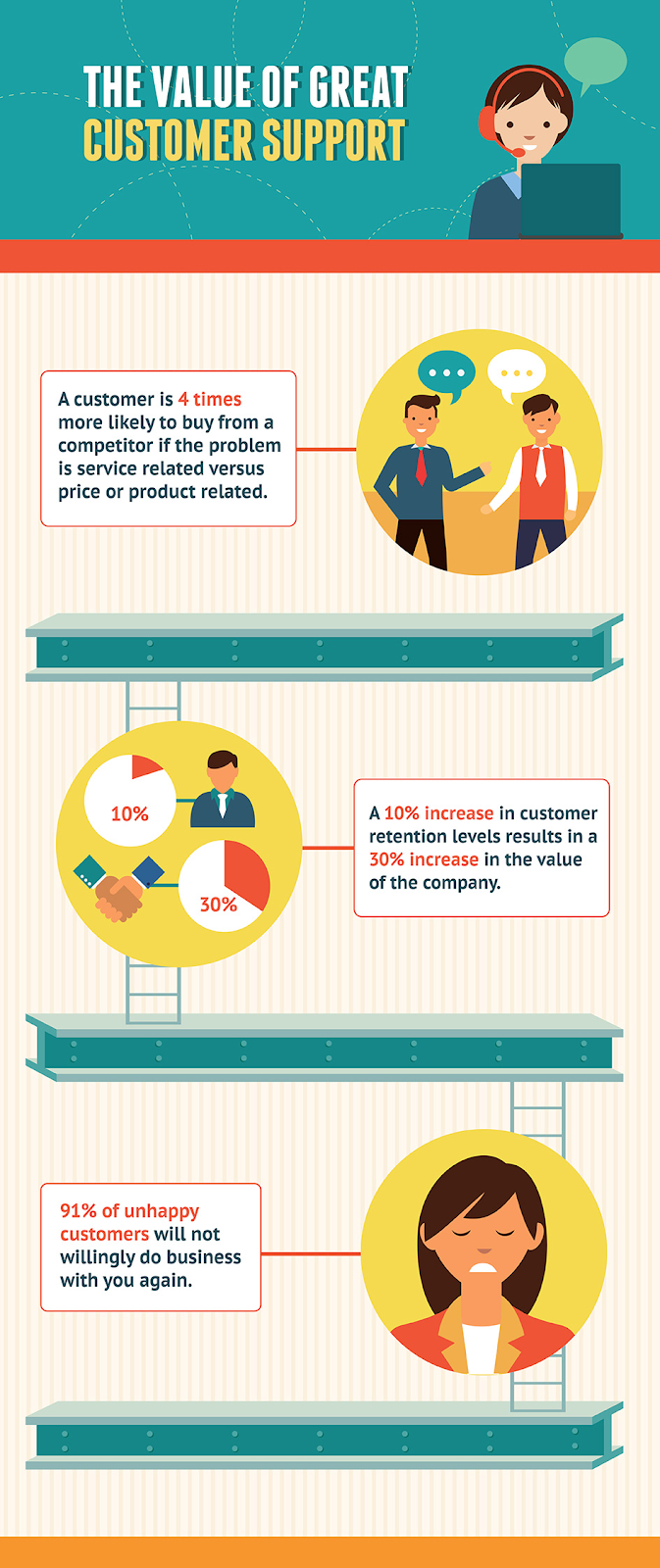
Create a culture of empathy in your company and fill your support team with people who go above and beyond for customers.
17. Optimization – Convert more leads by fine-tuning your copy
When was the last time you sat down and looked at your sales copy (any of it)?
If you can’t remember, it’s time to do it.
Optimized copy (heck, optimized sales funnels as a whole) are designed to move people through your sales process in as smooth a manner as possible. If you don’t regularly review your copy, you risk creating a disconnect between you and your prospects.
Look at headlines, emails, landing pages, blog posts, everything that leads come in contact with, and make sure that it still lines up with your ideal customer and that it speaks to their needs.
18. Process optimization – Convert more leads by eliminating bottlenecks from your process
Just like with your copy, you need to sit down your sales process every once and a while and look for weak links.
It doesn’t take much to turn prospects off. It could take someone taking a little too long to respond to an email. It could be that making an appointment is a chore. It could be the need to hop on the phone in the middle of an online process.
Take the time to audit your lead conversion process for these bottlenecks and eliminate them.
19. Hire pros – Bring in closers with their own lead conversion strategies
One of the more effective lead conversion strategies is to hire someone who lives and breathes sales.
Bringing in trained sales professionals can eliminate a lot of the conversion killing mistakes that non-pros make. They know how to overcome objections, make prospects feel valued, and when to follow up.
Sale pros might command a higher salary. But they’re worth it.
20. Sales training – Give your team the skills they need to boost conversions
Can’t find a sales superstar? Turn your entire team into superstars.
Hosting regular training sessions for your team can help your sales team level up their skills and convert more leads. When it comes to training, think outside the box a little.
Focus on obvious stuff, like sales call training, of course. But also look for adjacent skills. Bring in an email writing expert. Run a session with a public speaking coach. Have a mindset expert come in.
The more tools your sales team has in their toolbox, the more leads they can convert.
21. Build relationships – Increase conversions by taking your time and getting to know people
Never underestimate the importance of relationships in your lead conversion strategies. It’s like anything, people are more likely to spend money on people they trust. And a big part of that trust comes from building a relationship.
This can be a long game, but it’s a worthwhile one to play.
This is where spending time on social media can be helpful. Social is all about building relationships. It’s a great place to get to know people. To offer some help if you can. And generally build up that trust.
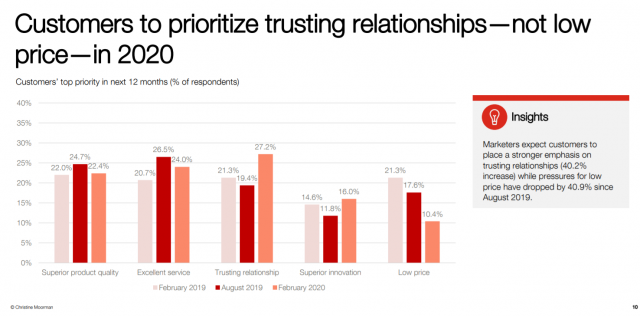
If you just go straight for the sale without building the relationship, you’re going to lose more leads than you convert.
22. Public relations – A tried and true lead conversion strategy
This might seem like a weird tip for online sales, but PR is every bit as important today and it was 50 years ago.
In fact, the current global pandemic is a perfect real-life example of this. All over the world, companies are making the news right now because of how they’re managing the pandemic. And, for better or for worse, people are noticing.
Publicity helps people form opinions about your company, which drives whether or not they’ll buy from you. If you can find a reason to get into the new (say you donate to a charity that’s important to you or you do something amazing for your employees), do it.
It casts you in a flattering light. And it keeps you top of mind.
23. Social listening – Do you even hashtag, bro?
Social listening should be a constant part of your lead conversion strategy. This practice (where you follow certain hashtags on social media to see what people are saying) can provide you with A LOT of insight into your customers.
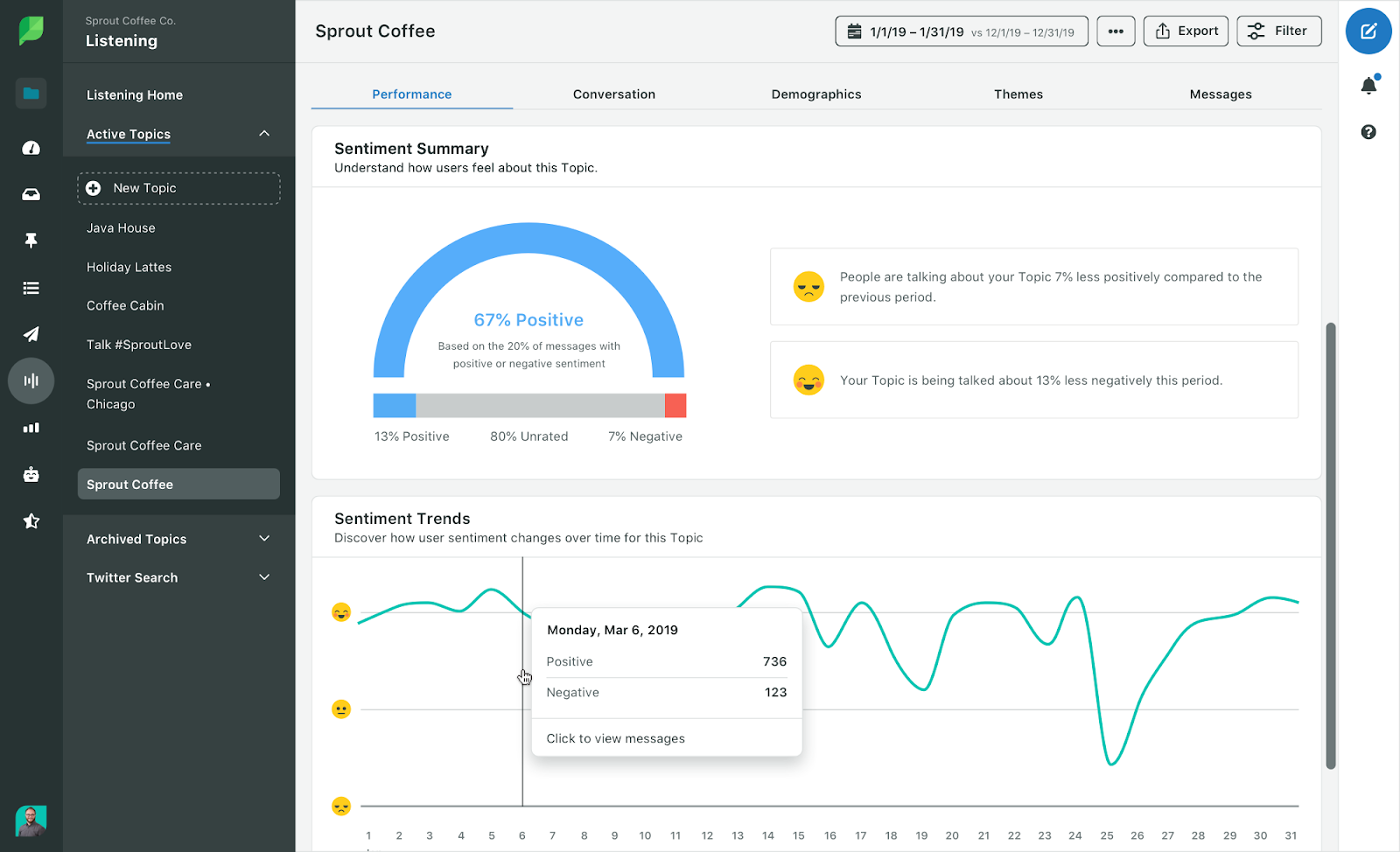
It’s a simple thing that has a huge impact. It tells you what people are talking about. What words they’re using. And how they feel about the topic.
All of which you can use to derive actionable insights that can drive conversions.
24. Cart abandonment emails – Bring ’em back with this lead conversion trick
If you’ve ever stopped a purchase just as you’re getting ready to enter your payment details, you’ve probably received a cart abandonment email.
These emails are a highly effective tool that should be a part of any lead conversion process (50% of people who open cart abandonment emails buy something).
These are great for reminding people who stepped away from the purchase to do something and forgot about it. And, depending on whether or not you offer a slight incentive to return, they turn maybes into yeses.
25. Capture contact info – Lead conversion can’t be effective if you don’t collect their digits
This is one of those obvious things that people sometimes forget about. But there aren’t many lead conversion strategies that are effective without the contact information of your prospects.
A simple form to capture contact info is a great way to kickstart the conversion process, mostly because you have a way to reach out.
Capturing contact info should be a long game strategy. Fewer things turn people off faster than getting a phone call from a company they got a whitepaper from on the same day they downloaded it.
It comes across as a little too eager and it’s going to scare them off.

Instead, drop them into an email sequence and warm them up first, then reach out directly.
26. Preferred communication channels – Pay attention to how your leads like to communicate
Everyone has their preferences when it comes to communication. Respecting those preferences in sales can help increase conversion rates.
This is one of those times when you really have to know your audience. Even within a single company, everybody is going to have a preference. Cold calling the CEO of a major enterprise software company isn’t likely to lead to a sale because they don’t have time for a random phone call. But a physical sales letter sent to their office might.
This is important because a lot of marketing is done in a multichannel environment these days. You have to know which channel is going to be the most effective for each segment you’re targeting.
Not only does this show you respect your prospect’s preferences. It gives you the ability to reach out in a highly personalized manner (which is another excellent lead conversion strategy).
27. Create a seamless flow – Connecting your CRM database and marketing automation platform is a classic lead conversion strategy
Connecting your CRM and your marketing automation platform can help you create a seamless flow of customer information between marketing and sales.
A good CRM (like Salesforce, for example) compiles customer information from every step of the sales process. When you add marketing data to that, you get a crystal clear view of what tactics are working, where they’re working, who they’re attracting, and more.
This gives you the ability to really hone your strategies for finding and converting quality leads in a way that is supported by data.
28. Set goals – Give your lead conversion process a final destination
Nothing motivates like success. And nothing helps drive success, like crushing your goals.
Goals help people understand what they need to be focusing their efforts on. They give a clear picture of the end result and they can use that picture to develop lead conversion strategies that will reach those goals.
Goals help your sales team stay engaged and perform better by adding a bit of gamification to the process.
Employees can get recognition for reaching goals. They can compete against their teammates (keep it friendly). And it can push them to think of unique ways to reach those goals. All of which results in more sales.
29. Partnerships – Form strategic alliances to share leads with trusted partners
Similar to referrals, strategic partnerships are a highly effective part of a great lead conversion process.
These partnerships usually involve referring customers between companies because their customers need a service they don’t offer (but the partner does).
Companies will sometimes even have full-blown partnership programs in place and reach out to those they think would be excellent partners.
30. Speed – Have a fast lead conversion process to get more customers
Every bit as much as sales can be a long game. Speed matters.
Simple things like taking too long to respond to an email (something 63% of businesses do) can ruin a sale. And sometimes, it’s because someone else responded faster.
If a lead reaches out to you at any point in the sales process, respond as quickly as possible. Don’t leave them hanging or they’ll leave you hanging.
31. Be flexible – Adaptation is key to the lead conversion process
If the current state of the world tells us anything, it’s that we need to be able to work with whatever the world throws at us. Business doesn’t stop just because something happens.
You have to be willing to shift with the world.
In situations like this, it helps to have a few different lead conversion strategies ready to cover a few different scenarios (like a massive reduction in spending on a global level, for example).
This prevents you from scrambling around trying to figure out what to do when things go awry. And helps demonstrate to existing customers that you’re capable of weathering the storm.
32. Lead distribution – Boost conversions by putting the right person on the job
With lead distribution, you assign leads as they come to the most appropriate member of your team. It’s one of those neat little lead conversion strategies that really drives sales.
It works because you match up leads to the person (or team) most likely to get a conversion.
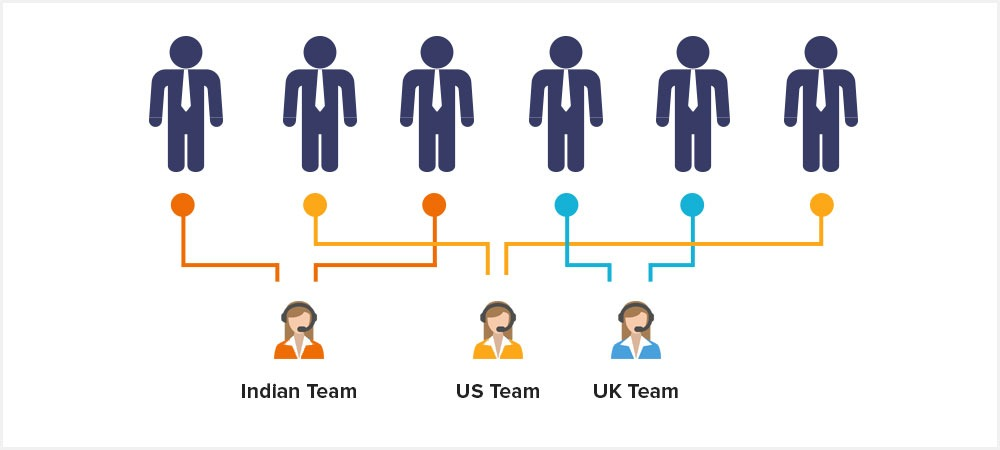
By matching specific leads to specific members of the sales team, you use someone who really understands the needs and objections that lead may have. And who knows how to overcome those objections.
It’s the difference between calling in Superman to fight Lex Luther versus calling in Todd, your next-door neighbor.
Originally published here.
